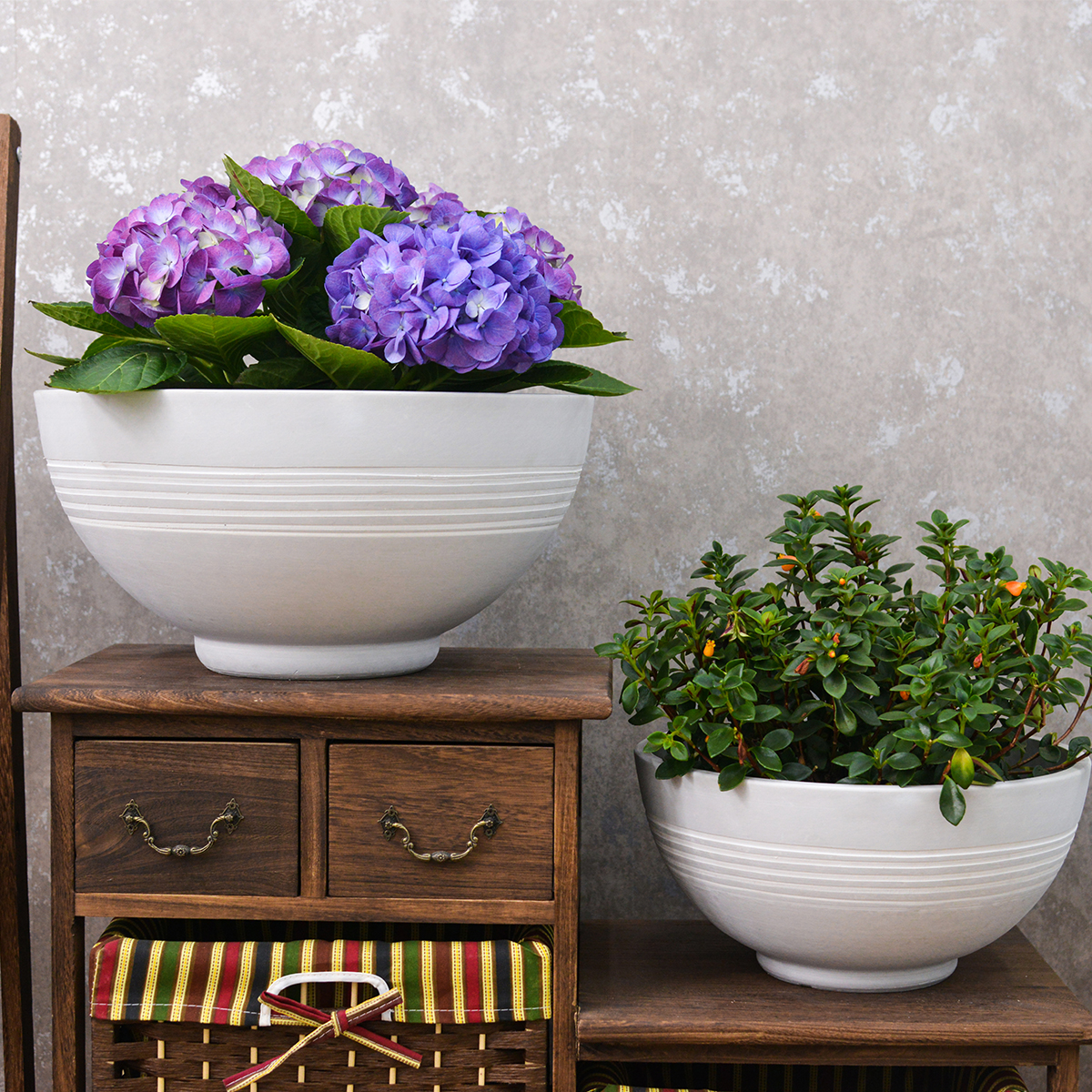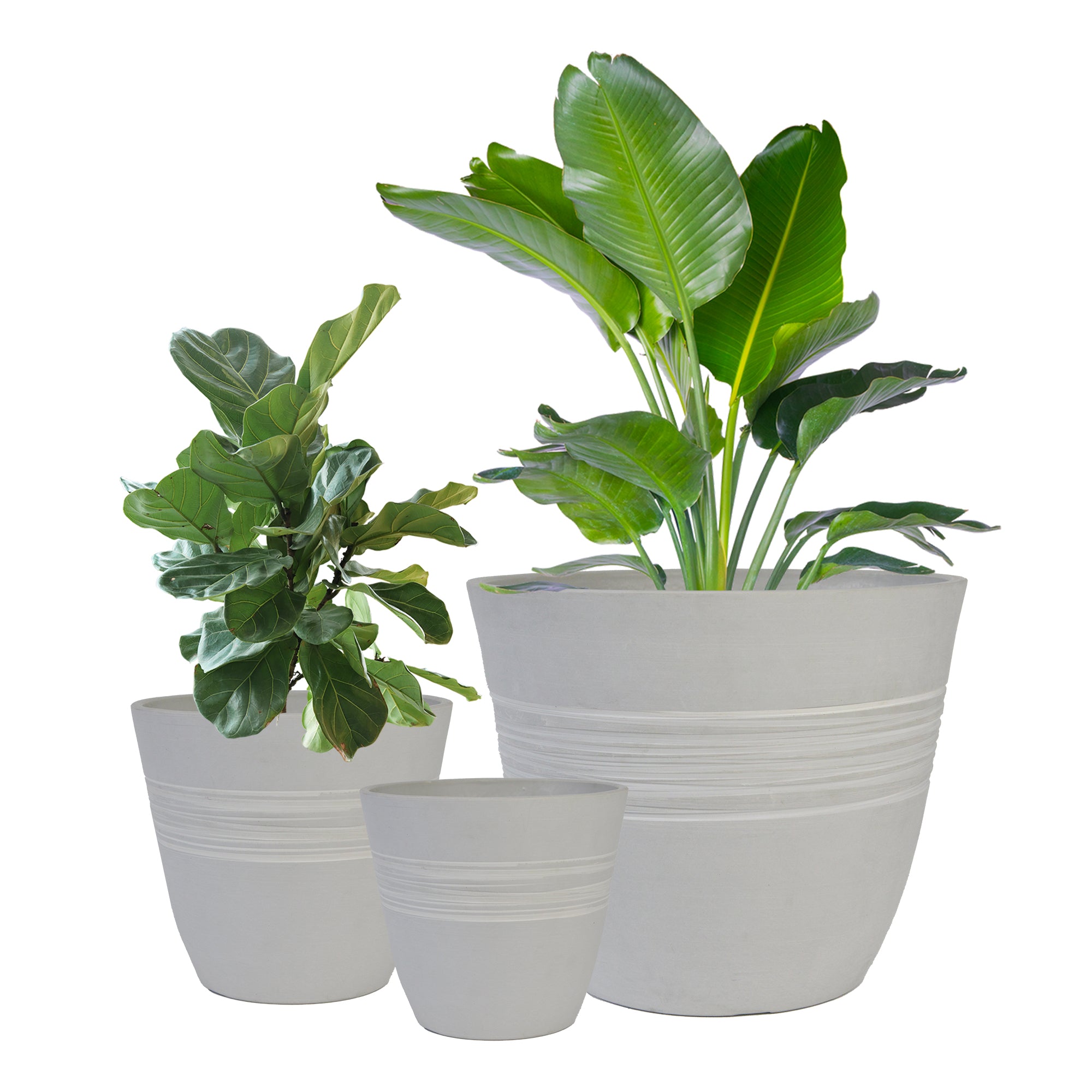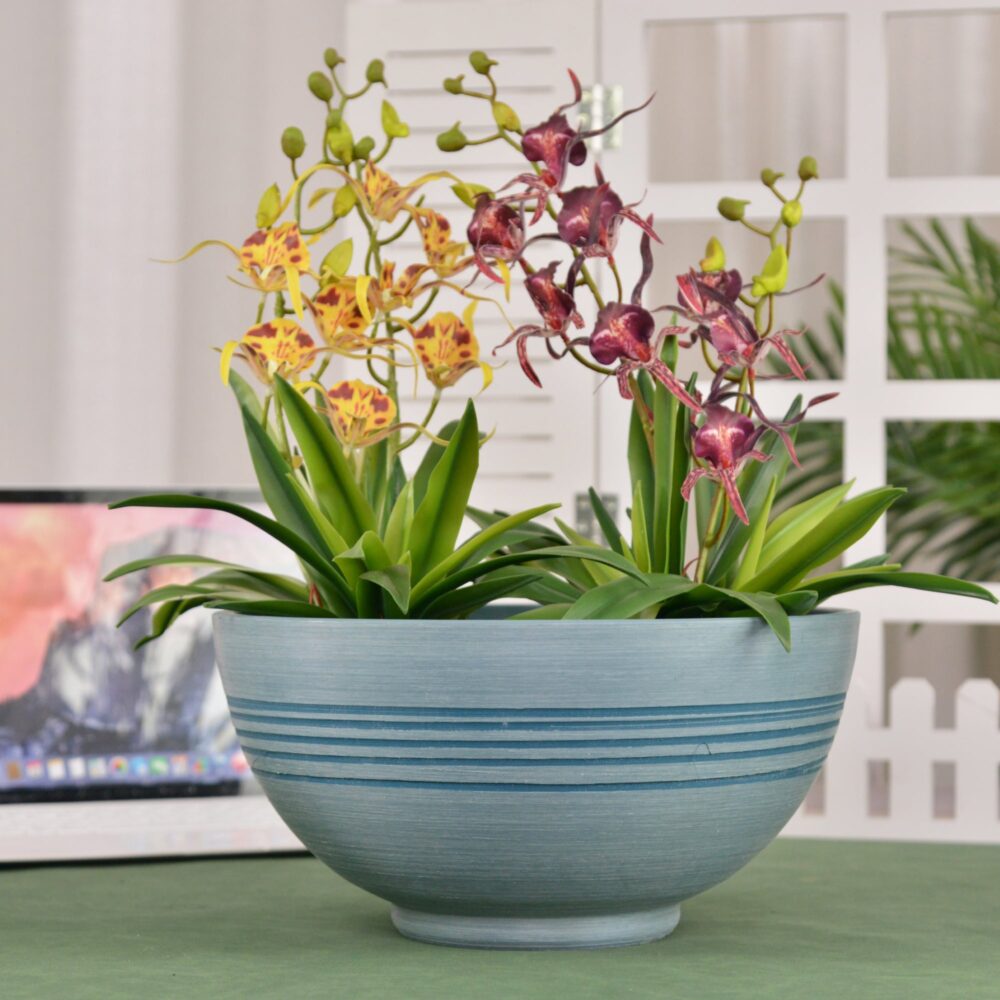Super Easy Cabbage Growing: Your Guide to a Beginner-Friendly Harvest
Want to grow your own crisp and delicious cabbage but feel intimidated? Don’t worry! Cabbage is surprisingly easy to cultivate, even for complete beginners. The Spanish article emphasizes just that, and with these simple tips, you’ll be harvesting your own homegrown cabbage in no time. Let’s break down the super easy steps to cabbage-growing success.
Why Grow Cabbage?
- Beginner-Friendly: Cabbage is relatively low-maintenance and forgiving, making it a great choice for new gardeners.
- Nutritious: Packed with vitamins and antioxidants, cabbage is a healthy addition to your diet.
- Versatile in the Kitchen: Enjoy it raw in salads, cooked in stir-fries, fermented into sauerkraut, or added to soups and stews.
- Multiple Harvests Possible: With careful planning, you can enjoy cabbage harvests throughout the growing season.
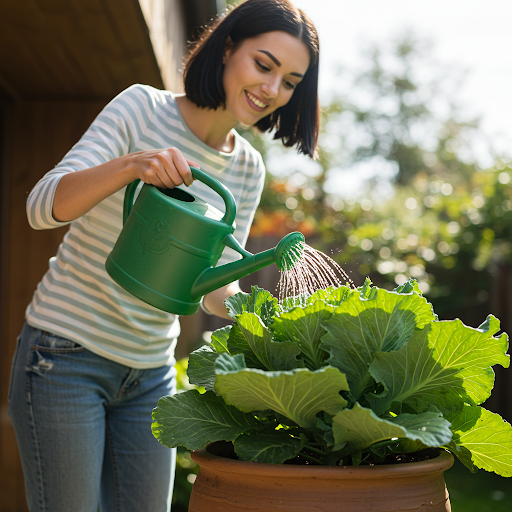
Super Easy Steps to Growing Cabbage:
Choose the Right Cabbage Variety: For beginners, selecting the right variety can make a big difference. Consider these beginner-friendly options:
- Early Cabbage: These mature quickly (around 50-60 days) and are great for a spring or early summer harvest. Look for varieties like ‘Early Jersey Wakefield’ or ‘Golden Acre’.
- Mid-Season Cabbage: These take a bit longer (around 70-80 days) and are good for a summer or fall harvest. ‘Copenhagen Market’ is a reliable choice.
- Late Cabbage: These mature in 80-100 days and are often grown for a fall or winter harvest. ‘Danish Ballhead’ is a popular option for storage.
Pick the Perfect Planting Time: Cabbage is a cool-season crop, so timing is important:
- Spring Planting: Start seeds indoors 6-8 weeks before your last expected frost or purchase transplants from a local nursery. Plant outdoors 2-4 weeks after the last frost.
- Fall Planting: For a fall harvest, sow seeds directly in the ground in mid-summer or purchase transplants.
Find a Sunny Spot: Cabbage needs at least 6 hours of direct sunlight per day to grow well.
Prepare the Soil Simply: Cabbage prefers well-draining soil that is rich in organic matter. Before planting, you can simply mix in some compost to improve soil health. No need for complicated soil amendments for beginners.
Plant Your Cabbage:
- From Seedlings: Dig holes as deep as the seedling’s root ball and space them about 18-24 inches apart. Gently remove the seedling from its container and place it in the hole, ensuring the top of the root ball is level with the1 surrounding soil. Firm the soil around the base of the plant and water thoroughly.
- From Seeds (Direct Sowing): Sow seeds about ½ inch deep and 1 inch apart. Once seedlings emerge and have a few true leaves, thin them to 18-24 inches apart.
Water Regularly: Keep the soil consistently moist, especially during dry periods. Water deeply at the base of the plant.
Fertilize Gently (Optional): For beginners, you might not even need to fertilize if your soil is reasonably fertile. However, if your plants look pale or are growing slowly, you can apply a balanced liquid fertilizer diluted to half strength a few weeks after planting.
Protect from Pests Easily: Keep an eye out for common cabbage pests like cabbage worms (green caterpillars) and aphids. For a simple organic approach:
- Cabbage Worms: You can often handpick them off the plants. Bacillus thuringiensis (Bt) is a safe and effective organic insecticide for controlling cabbage worms.
- Aphids: A strong spray of water from your hose can often dislodge aphids. You can also use insecticidal soap if needed.
Know When to Harvest: Cabbage heads are ready to harvest when they feel firm to the touch and have reached a good size for the variety. Don’t wait too long, or the heads may crack. To harvest, simply cut the head off the stem with a sharp knife.
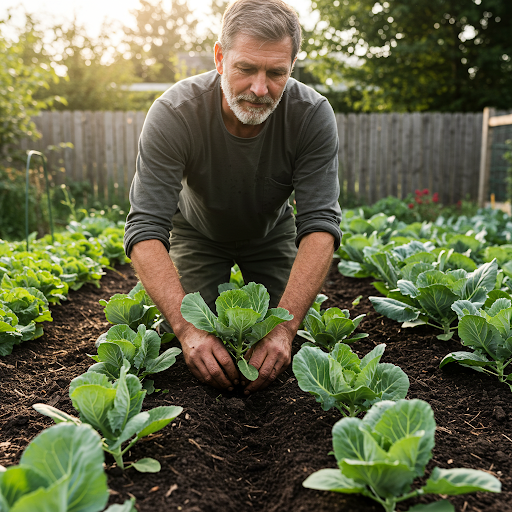
Beginner Tips for Success:
- Start Small: Don’t feel pressured to plant a huge cabbage patch right away. Start with a few plants to get the hang of it.
- Choose Disease-Resistant Varieties: This can help minimize potential problems for beginners.
- Mulch (Optional): Applying a layer of organic mulch around your cabbage plants can help retain moisture, suppress weeds, and regulate soil temperature.
Conclusion:
Growing cabbage doesn’t have to be complicated! By following these super easy tips, even complete beginners can enjoy the satisfaction of harvesting their own fresh, homegrown cabbage. So, grab some seeds or seedlings and get ready to experience the simple joy of growing your own food.
KC3-09k
By greenship|2024-08-16T06:24:36+00:00August 16, 2024|Categories: Hand-carving Series|
k2-21G
By greenship|2024-08-13T06:17:26+00:00August 13, 2024|Categories: Hand-carving Series|
Plant Pots 6 inch 8 inch 12 inch for Indoor Outdoor Plants, Set of 3 Modern Decorative Planter with Drainage Hole, Decorative Flower Pots
By greenship-seo|2025-04-10T06:38:40+00:00January 16, 2025|Categories: Hand-carving Series|Tags: Decorative Flower Pots|
20VD
By greenship|2024-08-13T06:43:41+00:00August 13, 2024|Categories: Hand-carving Series|
Modern Plant Pots丨Planter for Indoor Plants,8 inch or 10 inch Plant Pots with Drainage Hole,Decorative Flower Pots
By greenship-seo|2025-04-10T08:32:55+00:00January 7, 2025|Categories: Hand-carving Series|Tags: Decorative Flower Pots, Self-Watering Pots|
13 inch Planter for Indoor Plants, Set of 2 Modern Decorative Plant Pots with Drainage Hole, Cute Bowl Shape Flower Pots
By greenship-seo|2025-04-10T07:41:46+00:00January 10, 2025|Categories: Hand-carving Series|Tags: Decorative Flower Pots, Self-Watering Pots|

